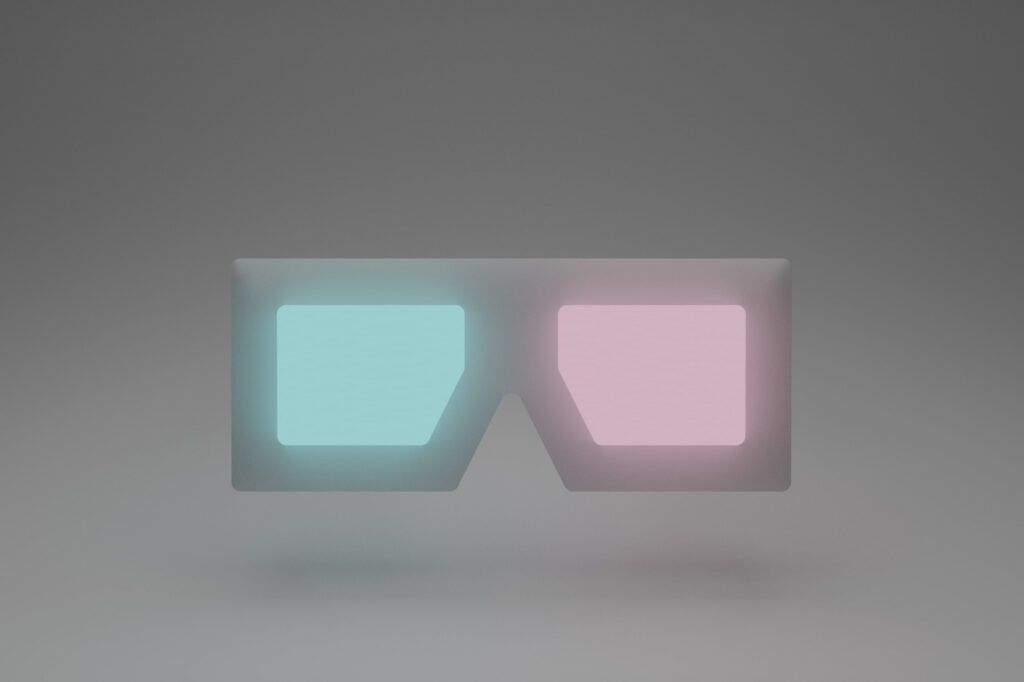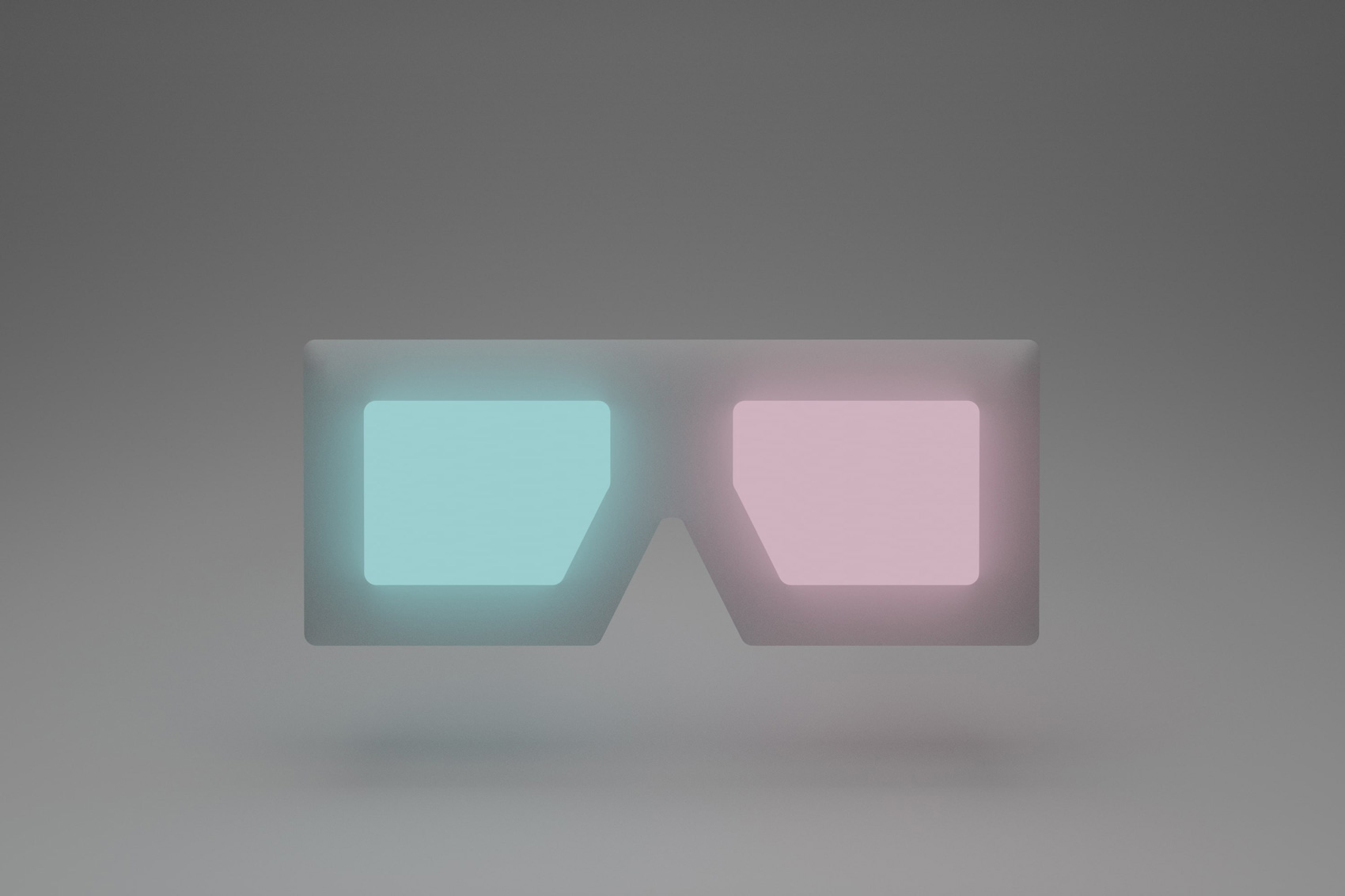
A couple of years ago many people talked a lot about digitalization in work life, and saw it coming. Many people were working digitally, but the main part of meetings, conferencing and talking still took place on-site/physically. Today the view is different. In a short amount of time hundreds of millions of people have been accustomed to meet, talk, and work digitally. It´s a veritable revolution caused by a virus.
My own colleagues are ready to go back to our co-working site when Sweden “opens”, but they expect to be working remotely some amount of time each week. What seemed impossible for many, a couple of years ago, is today desirable. The digital meeting and conversation are now a vital part of our vocational life.
This is great. Digital working and meeting are ways of making work life more time effective and might also decrease the amount of travelling to meetings, that is time saving and environmentally sustainable. So, I agree there is a lot of advantages on the aspects of digital working, as there are advantages of working on-site.
In this article I will point out some, in my opinion, important differences between the two ways of making conversations. By learning and understanding the differences and their impact on us, we might use the digital and on-site conversations more adequately and effectively.
Making visual digital conversations is perceiving each other in two dimensions, if we don´t use VR, which we do today in a limited way. We see each other in a cropped picture. Mostly we see the head and the upper part of the abdomen, sometimes in clear light, sometimes in backlight, sometimes blurry. If we use a big computer screen and not too many participants, we are able to see each other pretty good. But on a cell phone screen it’s worse.
When people talk to each other, as we have done since we could make meaningful sounds millions of years ago, we perceive and interpret the whole situation. Our mind, the receiving part of the nervous system, takes in and processes speech (sound, pitch, content), non-verbal communication (body posture, gestures, tics, smell etc.) and the constant emotional flow. We receive a huge amount of information each moment, though much of it is redundant, that helps us cope with the conversation. A large part of that information is missing in the two-dimension screen conversation. That means that we have less information helping us to make choices and decisions. The two-dimension way creates more insecurity.
We have learned to live and work together in physical groups since we became human beings. The whole system of communication between us has its roots in this. The last thousandth of a millionth of time of our existence we have started to do it in another way. Of course, there are consequences of the change, but we really don’t know what, yet. I think it’s important to be aware of these mentioned differences, and not only talk about timesaving, effectiveness, and technical issues in our communication.
The physical meeting and conversation have great importance for us human beings, including our movements together (postures), our smell-signals, visual appearance, unfolding feelings, for the benefit of mental well-being. Of course, there is also the opposite, that we hurt each other, but as research has shown, it’s even easier to hurt each other when we do it digitally.
Learning more and understanding the functions of on-site and digital conversation, using them appropriately, will give us the opportunity to make more great things in the future. Maybe the VR-techniques could be the bridge between the ways of communicating.

